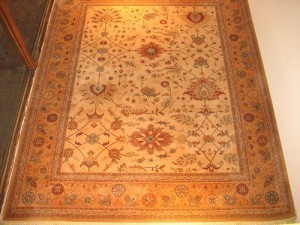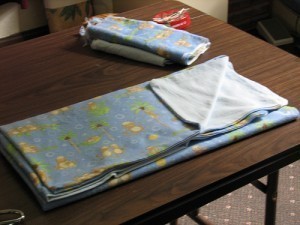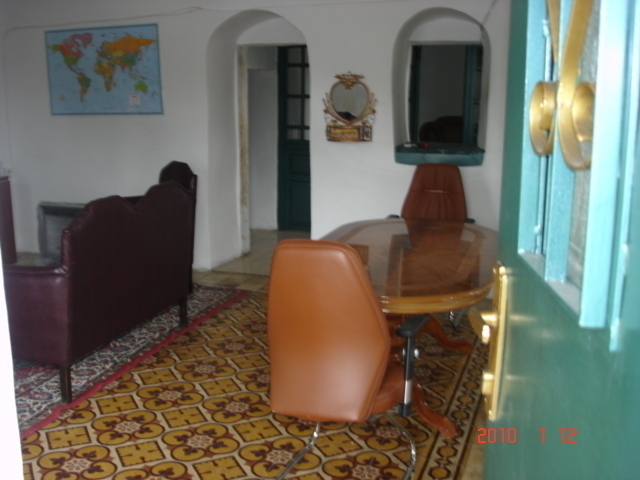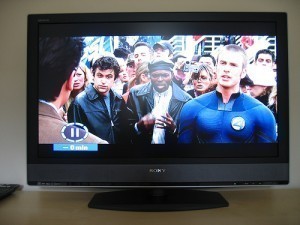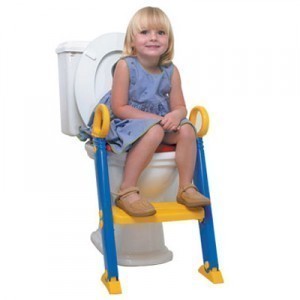Dimensions of a Rag Quilt
Begin aware of some common rag quilt sizes will be helpful for those who are just starting out. 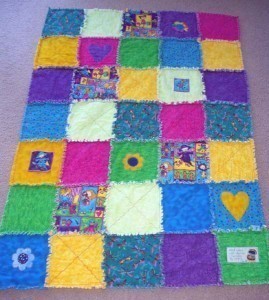 When you get familiar with the dimensions, you can start making one yourself.
When you get familiar with the dimensions, you can start making one yourself.
Some Rag Quilt Dimensions
Its size will depend on what you’re trying to make. Rag quilts to be used as lap blankets will be very different from those used on queen sized beds. There are of course, no standard sizes for lap quilts. For starters though, you can try 3 x 5 ft or 36 x 60”. This measurement is for medium lap blankets. You can make it bigger or smaller if you want.
If it’s for a baby, check the crib size. The average crib is 28 x 34 inches. The rag quilt size needs to be roughly the same. Add a bit more to the width if you want the quilt to be tucked in. the amount you add will depend on how much you want to be tucked in.
Bed Quilt Sizes
The same rule applies when making rag quilts for beds. You also need to consider other factors. First, decide if the bed quilt is going to be just for the bed’s top or if it is going to be tucked in the foot.
Add more length to the quilt if you want it to cover the pillows too. Add 20 inches to your measurement if you want the quilt to hang over the mattress.
To avoid making mistakes when judging rag quilt sizes, measure the mattress. For twin beds, the quilt should be 65 x 88 inches. For the king size bed, it should be 104 x 93 inches. The queen size bed will be a little smaller. Single bed sizes vary, so measure it carefully.
How to Make a Quilt
The dimensions mentioned here can be changed to suit your preferences.
Required Tools and Materials
Different fabrics (4 yards)
Scrap batting
Pins
Thread
Scissors
Bias tape (3 yards)
Sewing machine
Instructions
Make 200 6 in squares from the fabric. Make a hundred 4 in squares with the batting. Set a piece of fabric face down. Place a piece of the scrap batting on the fabric. Make sure it’s set in the middle.
Put another square fabric on top of it. The right side should face up. Insert a pin all the way through the layers. (Note: if using another rag quilt size, change the batting and fabric size).
Stitch an X on the square. This is necessary to secure the batting. Repeat the process to make 100 more blocks. Get a couple of blocks from differing fabrics. Put the edges side by side. Pin it on the square’s side. Sew this side. Allow a seam space of 1 1/2 in. Keep doing this until you get 10 squares.
Create ten rows. Arrange them, making sure no similar blocks are adjacent. Get two rows and use the pins to secure the seams. Sew across the row. Keep repeating this. Cut an inch in the seam allowance.
Finally, set the bias tape on the edge. Sew the edges. Now judge if the rag quilt size you made is the correct one. If it is, you’re done.
